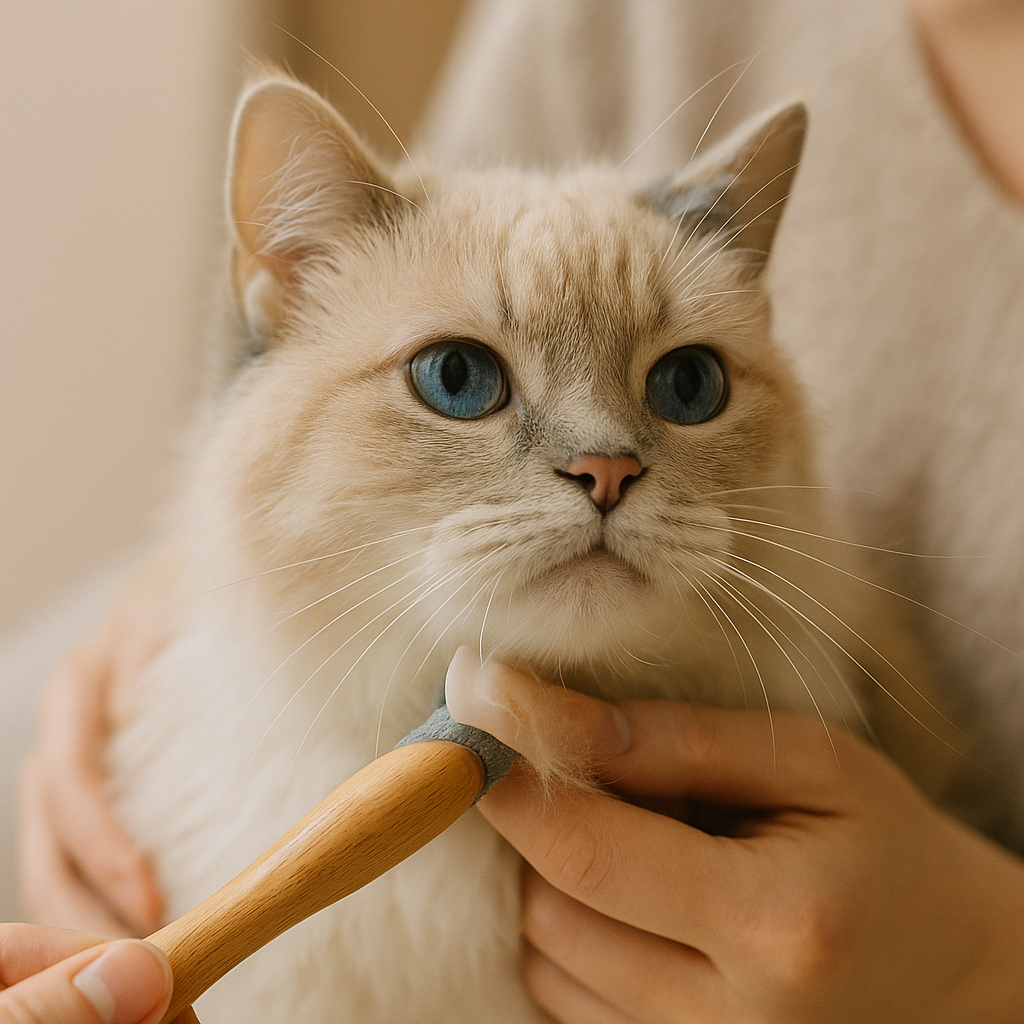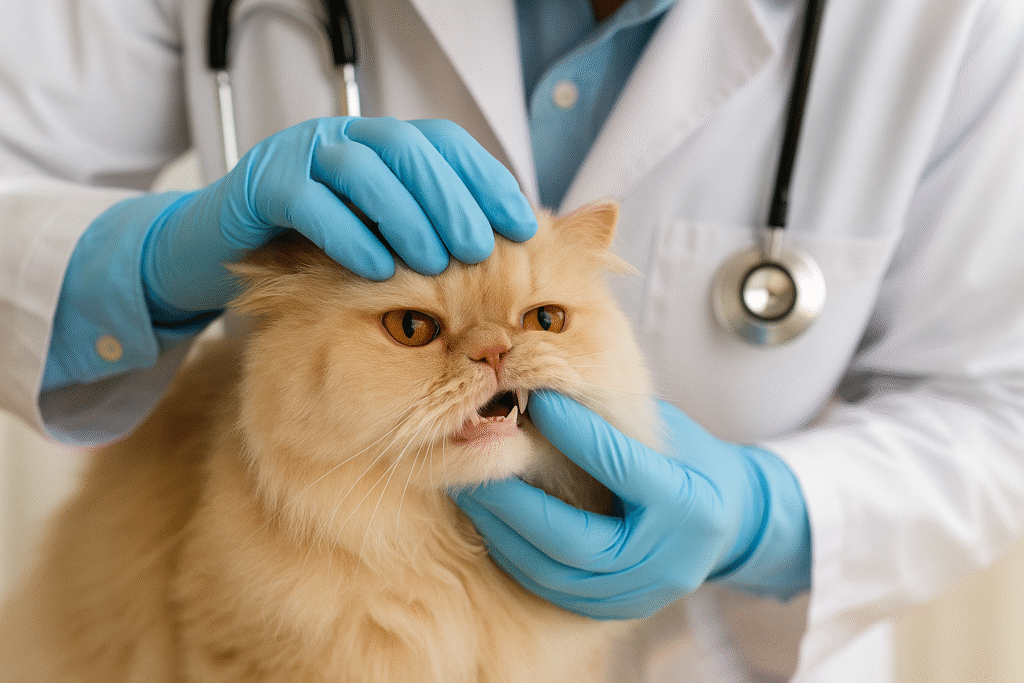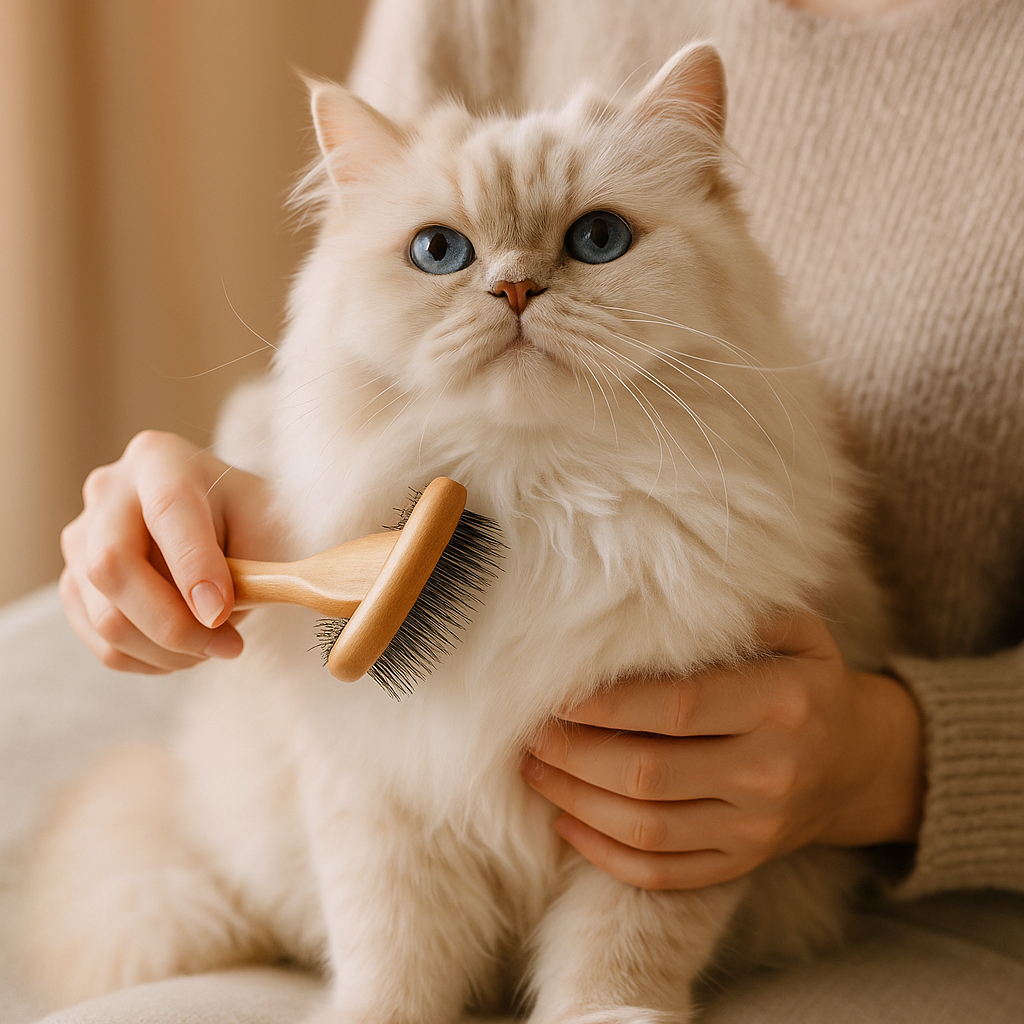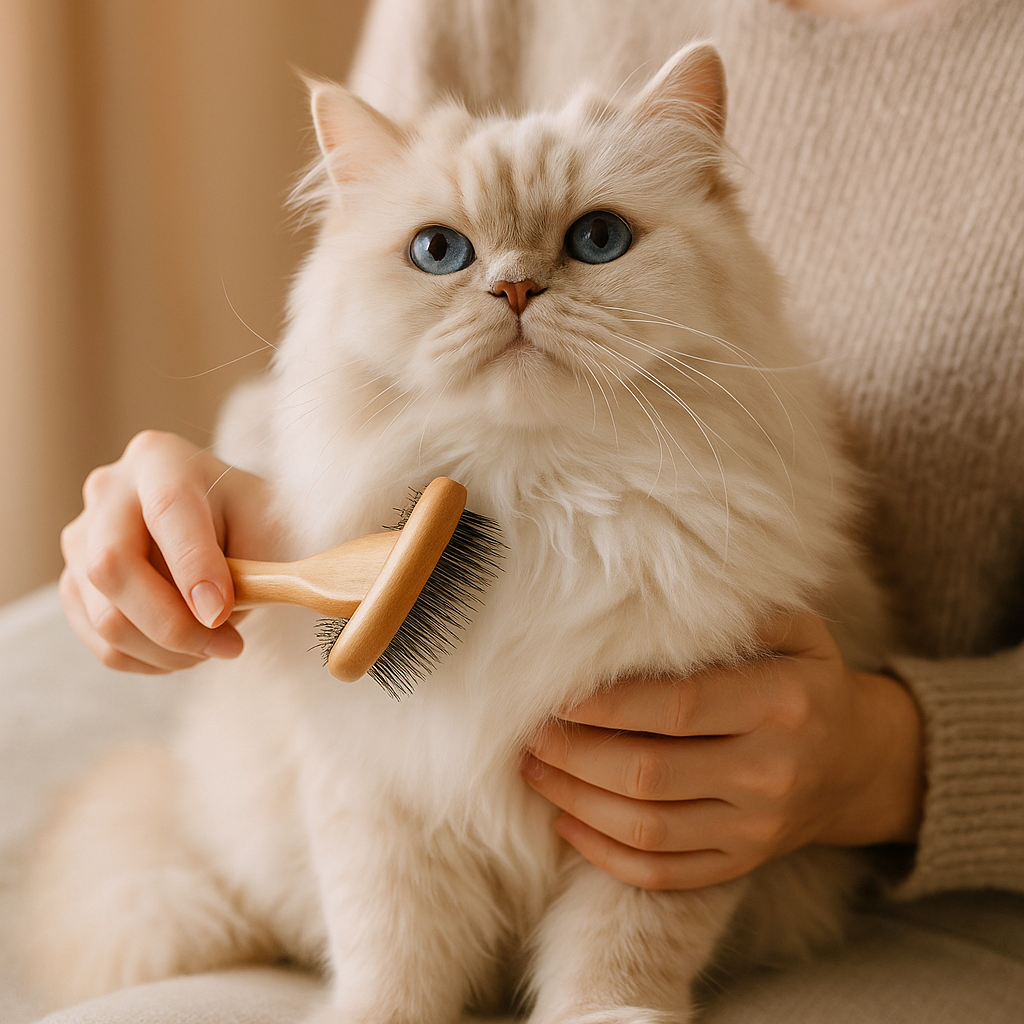Persian Cats: Grooming, Personality & Common Health Issues
Table of Contents
- Introduction
- Persian Cats Grooming: Daily & Weekly Routines
- Persian Cat Personality: Temperament & Environment
- Persian Cat Health Issues: What Owners Should Know
- Persian Cat Care Checklist
- FAQ
- Conclusion
Persian cats grooming, personality, and health are three pillars every prospective owner should understand. With their iconic long coats, round eyes, and calm, regal presence, Persians are among the world’s most beloved breeds. But that beauty comes with responsibility: without a smart routine, mats, eye staining, and dental or respiratory issues can sneak up fast. This guide gives you a practical plan for Persian cats grooming (daily and weekly), how to support their gentle personality with the right home setup, and how to spot common Persian cat health issues early.
Want to round out overall wellness? Pair this guide with our posts on **Preventing Obesity in Pets** and **Pet Dental Care**. For long‑haired comparisons, see **Maine Coon: Size, Personality & Grooming**.

Persian Cats Grooming: Daily & Weekly Routines
Successful Persian cats grooming balances short, positive sessions with the right tools. Aim for a quick daily routine plus a slightly deeper weekly tune‑up to prevent mats and keep skin healthy.
Daily Persian Cat Grooming Routine (5–7 minutes)
- Desensitize first: Touch the cheeks and lift the lip gently; reward after every 2–3 seconds.
- Comb then slicker: Use a wide‑tooth comb to find tangles, then a soft slicker brush to smooth the coat (neck ruff, armpits, belly, back of legs).
- Eye care: With a damp cotton pad, wipe from inner corner outward. This reduces tear staining common in brachycephalic breeds.
- Finish with a reward: A tiny treat conditions your cat to love grooming time.
Weekly Deep Grooming (10–15 minutes)
- Detangler or grooming spray: Lightly mist and work through dense areas.
- Check for mats: Especially armpits, inner thighs, behind ears, and under the collar.
- Nail care: Clip tips if needed; use a scratching post daily to maintain claws.
Bathing Persian Cats (Every 4–6 Weeks)
Use a long‑hair, cat‑safe shampoo and rinse thoroughly to prevent residue. Towel dry, then blow‑dry on a cool/low setting while brushing in the direction of coat growth to keep the fur fluffy and tangle‑free.
Tools for Persian Cats Grooming
- Wide‑tooth comb + soft slicker brush
- Cotton pads and sterile saline for eye care
- Cat‑safe long‑hair shampoo and detangling spray
- Nail clippers and a stable scratching post
Hairballs are common in long‑haired breeds. If your cat struggles with them, see **Cat Hairball Remedies: What Works Best**.
Persian Cat Personality: Temperament & Environment
Persians tend to be gentle, affectionate, and peace‑loving. They thrive in calm homes with predictable routines and cozy resting spots.
- Affectionate and loyal: Expect companionship and lap time rather than high‑octane play sessions.
- Low‑to‑moderate energy: Short, daily play bursts (wand toys, food puzzles) keep them fit without overwhelm.
- Kid & senior friendly: Their calm demeanor pairs well with respectful families and quieter households.
Building cooperative care—teeth, eyes, and grooming—works best with positive reinforcement. For the mindset and mechanics, read **Reward‑Based Training Methods** (principles apply across species).

Persian Cat Health Issues: What Owners Should Know
Proactive monitoring prevents small issues from becoming big ones. Schedule regular vet visits and keep notes on appetite, energy, grooming tolerance, and litter habits.
Brachycephalic Airway Concerns in Persian Cats
Flat facial structure can cause noisy breathing, snoring, or exercise intolerance. Keep environments cool, avoid stress, and consult your vet if breathing worsens.
Polycystic Kidney Disease (PKD) in Persians
PKD is a known hereditary risk. Responsible catteries screen breeding cats. Ask your vet about genetic testing and periodic kidney checks.
Dental Disease in Persian Cats
Overcrowded teeth can trap plaque. Brush several times a week, offer VOHC‑accepted dental diets/chews, and schedule professional cleanings. Deep‑dive here: **Pet Dental Care Guide**.
Eye Problems in Persian Cats
Excess tearing and tear‑duct issues are common. Daily eye wipes and routine vet checks help prevent infections and staining; report any squinting or discharge changes promptly.
Skin & Coat Issues Tied to Grooming
Mats can inflame skin and invite infection. If you notice redness, odor, or sensitivity, detangle gently and consult your vet. For canine skin comparisons, see **Common Dog Skin Problems & Solutions**.
Helpful external resource: Check products accepted by the Veterinary Oral Health Council (VOHC) for evidence‑based dental support.
Persian Cat Care Checklist (Quick Reference)
- Daily: 5–7 minutes of brushing + eye wipe; short play session
- Weekly: Detangle dense areas; check nails and mats
- Monthly: Photos of gums/coat to track changes; weigh your cat
- Every 4–6 weeks: Bath + blow‑dry on cool/low
- Every 6–12 months: Vet exam (earlier for seniors or if issues arise)
Need a movement plan? Try short enrichment from our **Siamese Cats: Personality, Care & Health** post for easy indoor stimulation ideas.

FAQ: Persian Cats Grooming, Personality & Health
How often should I brush a Persian cat?
Daily light brushing (5–7 minutes) plus a weekly deeper session prevents mats and keeps skin healthy. Short, positive sessions work best.
Do Persian cats need frequent baths?
Every 4–6 weeks is typical. Use cat‑safe long‑hair shampoo, rinse thoroughly, and blow‑dry on cool/low while brushing in the direction of coat growth.
Are Persian cats good for apartments?
Yes. Their calm, low‑to‑moderate energy suits apartments—just provide cozy resting spots, vertical space, and daily enrichment.
Which Persian cat health issues should I watch for?
Breathing difficulty, persistent tear staining or squinting, dental tartar/halitosis, appetite or weight changes, and reduced grooming tolerance.
Conclusion: Persian Cats Grooming & Health Made Simple
With the right tools and a steady routine, Persian cats grooming becomes a quick habit rather than a chore. Pair daily brushing and eye care with monthly baths and regular vet visits, and you’ll prevent most problems before they start. Support your cat’s gentle personality with a calm environment and predictable play. For whole‑pet wellness, build on this guide with **Pet Dental Care** and weight control from **Obesity Prevention**. Care done right today means a happier, healthier Persian for years to come.


핑백: Scottish Straight Cat Care Guide: The Calm Feline You’ll Fall in Love With
핑백: British Longhair Cat Care Guide: The Fluffy Royal That Loves Cuddles
핑백: Ragamese Cat Care Guide : The Elegant Mix of Ragdoll Calm and Siamese Charm